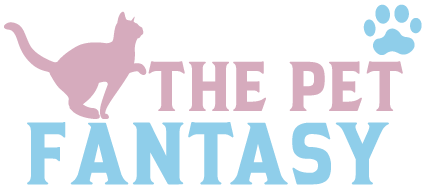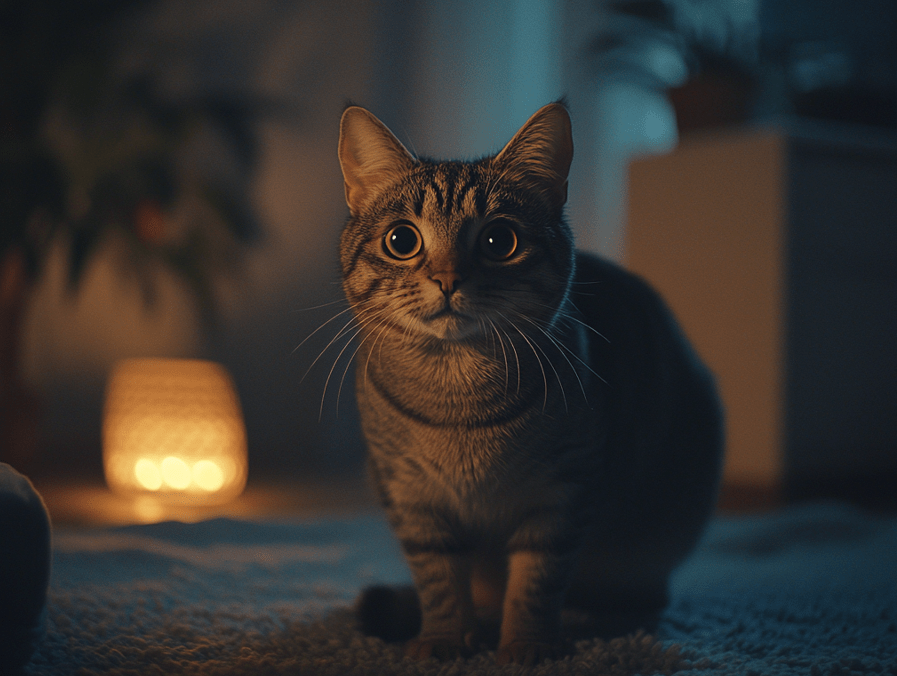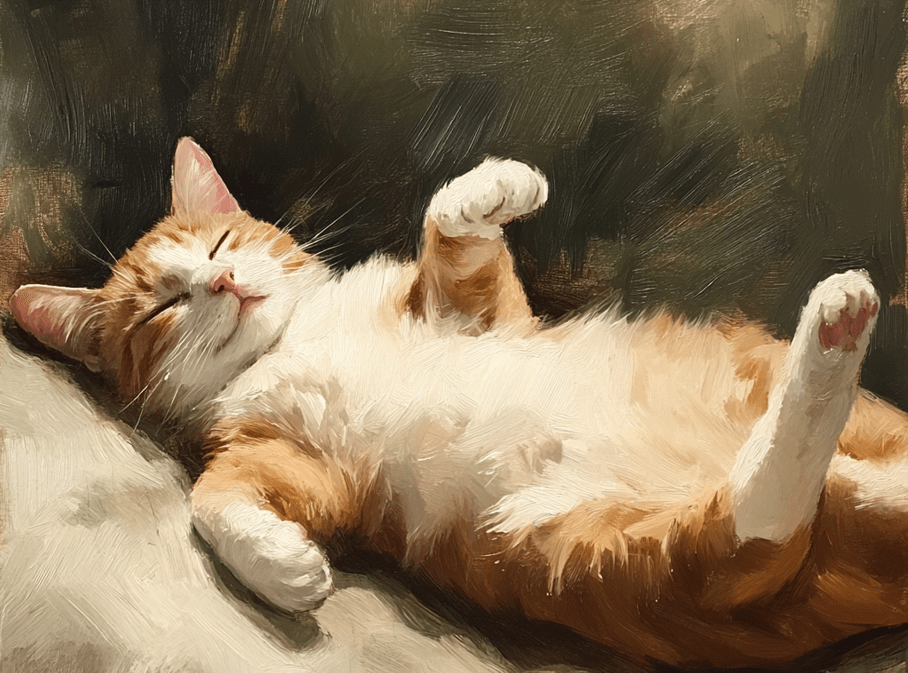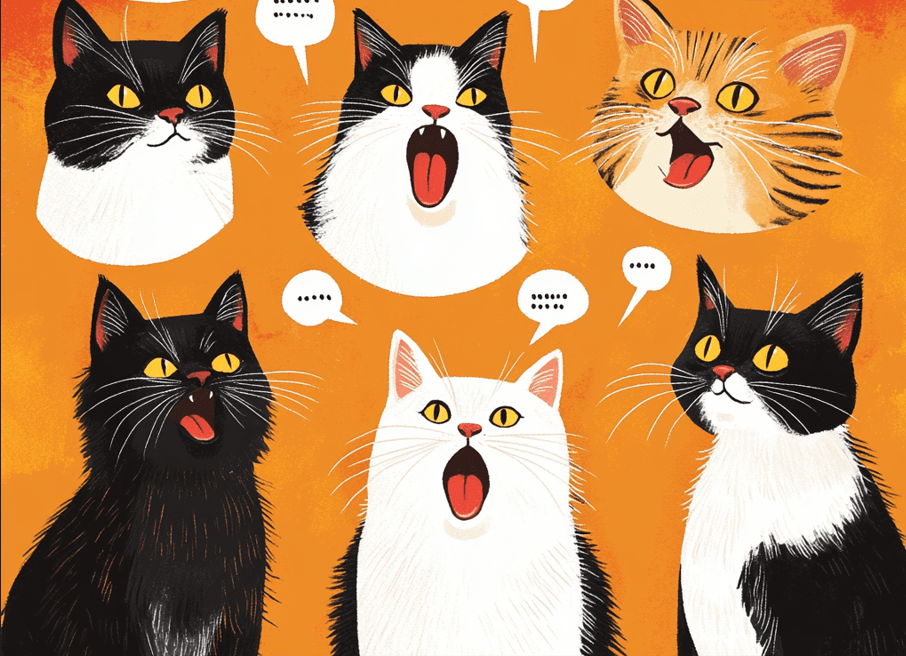
The ways to show love to a cat is very important for creating a strong bond between your cat and you. For reference, I tell my cats “I love you!!” all the time. Several times a day — more than I would care to admit. Any other cat peeps with me on this?
Our cats may not understand human words, but they have their own complex systems of communication. Which begs the question: How do we express our love in a language that they can take to heart?
To watch the summary of this article, just watch this video-
Key Points
1.Cats are not solitary creatures; they bond socially, and will interpret your love from a human perspective.
2.Affection can include anything, from cuddling and hanging out to playing with and grooming them or giving them their favorite treats.
3.To return the affection, cats will look at you for long periods of time and give slow blinks. You can do this simple gesture in reverse to express your love back to them!
Thankfully, there are many ways to ensure they know how loved they are, from spending one-on-one time to using methods cats use when talking. Here are a few best methods to express your love and in return how cats show their love.
1.The Love Blink
Your cat might seem sleepy and relaxed, eyes partially closed while they look at you, eyelids part way down, and doing what seems to be a series of slow blinks? That is a one million percent answer that your cat loves you. This slow and peaceful blinking is perhaps one of the most honest signs of a cat’s love. If you reply with a slow blink of your own, you can reinforce this connection and leave your cat feeling loved.
2.Sharing Space

Studies on cat behavior show that when cats are bonded, they typically spend a lot of time together grooming, sleeping and playing within close proximity. Just as hugging your cat, rubbing it and giving it pure attention is enjoyable as well and helps strengthen the tie between you two and your furry companion.
And even when they head-butt you or rub their face against you, that is a way of placing pheromones containing messages from their scent glands to create an effect associated with love, safety and comfort. So soak in those cuddles and let the love pour!
3.Playtime

Playing is an excellent way for many cats to bond, get mental stimulation and exercise. Change the toys regularly to keep your kitty engaged. Such as, do not use the laser pointer every day because too much excitement is boring. Find out how your cat likes to play, whether that means chasing a mouse on a string or flailing around a wand toy. There is trial and error to finding the right fit, but usually most cats will hone in on toys that align with their instincts and energy levels. So, why wait? Get some toys, as well make up for some good playtime with your cat!
4.Grooming

Though the cat has an instinct for keeping its coat tidy, they often want a little help. Grooming is a common practice where bonded cats clean each other, which they find soothing and often go along with purring as well; this behavior is called allogrooming in wild animals. Start slow and get into the routine, If your cat is new to being groomed. Watch their body language, they will let you know if they are having fun. Your cat may even come seek you out for grooming once they are used to it! Grooming on a scheduled basis is also the opportunity to look out for matting, injuries or skin conditions for their health and welfare.
5.Catnip

Catnip, or Nepeta cataria, is a member of the mint family that attracts cats (large and small). Well known for its ability to get cats high, some will be excited by it and others calmed down, all depending on the individual cat! Some cats become euphoric and hyperactive while others receive a calming, sleepy effect. Catnip can be given to cats in a few different forms, by sprinkling it around scratching posts or cat trees, rubbing it inside toys, putting it on or next to your cats bedding for them as they sleep and just giving some directly.
6.Cat Treats

Some cats are true foodies who will chase after any additional morsel of food they can find, excitedly meowing when they hear a cupboard door open. Giving your kitty delicious cat-candy can be a great bonding experience, as they smack their little kittie lips and purrs happily while munching away. That said, balance is key because cats are at an increasing risk of becoming obese.
7.Enrichment

Cats certainly love stimulation and engagement, just like other pets, especially when their owners are not around to provide that stimulation all the time. Give your cat some stimulating activities and items to avoid boredom and loneliness such as a cat tree, some interactive toys, a scratching post or even just a simple cardboard box or kitten house. Such additions not only keep your cat happy, but reduce unwanted behaviors that may otherwise stem from frustration or lack of stimulation.
8.Cat Communication

If you want to strengthen the connection to your cat you need to know how they act. By nature cats are subtle; they use body language, behaviors and facial expressions for communicating their emotions to others of their species. And part of this is being able to understand the signals they send, so you can identify when your cat wants some love, needs space or would like to play.
Cats don’t like being ignored, therefore a timely response shows your caring and taking notice. You can improve the bond you share and turn yourself into a master “cat whisperer” by understanding how cats communicate.
9.Allow Your Cat to Choose You

Cats can be strange creatures when it comes to showing affection, and the way in which they interpret human interaction can lead to some unintentional confusion. Your cat might demonstrate their love by head bunting, scratching the ground with their claws like a kneading motion or simply rubbing against you and showing off their butt.
Strange though all of those acts may sound, they are real manifestations of affection. Failing to recognize or downright misunderstanding these signs may irritate your pet, but knowing his or her motive gives you an advantage in appreciating and tolerating their odd manners of affection.
10.Prioritize Veterinary Care

Your cat may not see a trip to the veterinarian as a sign of your love, but maintaining their health and well-being is one of the primary responsibilities that come with owning them. Routine veterinary check-ups, vaccinations, and parasite prevention are required to keep your cat happy and healthy. Offering this level of care is in the top tier of showing love and devotion to your pet.
Experts on pets say there are plenty of ways to show your feline affection. These loving creatures enjoy bonding with their owners and need all of the love attention they can get. And just like that you are rewarding yourself with simplicity by showing love to your cat as well. Bask in your cat by grooming, playing, snuggling and treating them the feline-friendly way to help yourself and your kitty bond but also ensure that they feel loved. These moments with your cat are such a wonderful way to connect; it is definitely a life worth living!




